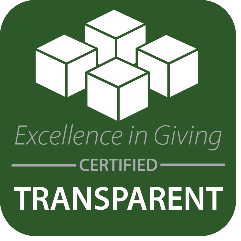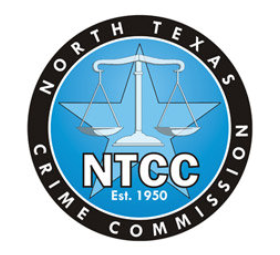Human trafficking, summarized from its definition by the United States Department of Justice, involves the use of force, fraud, or coercion to obtain some type of labor or commercial sex act. While in and of itself this definition is alarming and makes it seem like it would not be too difficult to spot signs of human trafficking in public, this is not the case at all. In fact, it is a difficult crime to detect because victims can be anyone and rarely self-identify.
So then how does one go about spotting human trafficking? While it’s true that each case of human trafficking is unique and deals with different individuals all over the world, there are signs to be on the lookout for. Some of these signs are specific to certain areas, such as signs of human trafficking in hotels or signs of child trafficking, but others help bring awareness to victims as a whole.
Being aware of these signs and indicators can help identify potential trafficking victims. Recognizing red flags and possible indicators is the first step to assisting the victim and arresting their trafficker. Awareness is a way to arm the public against the very real and dangerous threat of human trafficking.
However, it is important to note that the following indicators are not all-encompassing. Every human trafficking victim is different, and every experience is unique based on a variety of factors. Victims may exhibit only one of these indicators, or they may show several. It is also important to note that, while indicators of human trafficking are a way to identify human traffickers and spot human trafficking in public or your neighborhood, they need to be considered with compassion on behalf of the victim (or potential victim). Staying armed with knowledge of how to spot human trafficking is only part of the fight, and contacting the authorities to resolve the situation is another. By spreading this awareness, it is providing the authorities, but more importantly, the victims, a better chance of escape from exploitation and a return to a safe life.
Consider the following indicators for how to spot human trafficking:
Being Controlled
Spotting human trafficking doesn’t necessarily mean catching an act of forced labor. Unlike depictions in the movies, victims of human trafficking are not all kept in white windowless vans out of sight or locked in warehouses. The reality is that these victims are often manipulated and coerced into situations of control, and they are operating in public, with human traffickers hiding in plain sight. How do human traffickers achieve this? Human traffickers often manipulate their victims so that they are dependent on traffickers to do things that any other individual would have no problem doing on their own. These indicators include:
- not being in control of their own identification (ID or Passport)
- not allowed or able to speak for themselves
- efuses to make eye contact
- having little personal property, wearing the same clothes over and over again, or carrying their belongings in a trash bag
- paid mostly in cash; not in control of their own money or having no financial records or bank account
Workplace Conditions
Spotting human trafficking in public is sometimes dependent on the type of trafficking occurring and the conditions surrounding both the trafficker and the victim. As mentioned, human traffickers operate by hiding in plain sight, and this means sometimes they create workplace conditions for a victim that can be identified by the public.
Again, to dispel the notions that Hollywood has put forth about human trafficking victims, it is uncommon for victims to be shackled or tied up, forced to work with overseeing musclemen nearby. On the contrary, signs of human trafficking in your neighborhood, in hotels, or public are much more subtle but can still be telling. Human trafficking encompasses both labor and sex trafficking, and the indicators within the workplace can look like the following:
- recruited with false promises concerning the nature and conditions of his or her work
- unpaid or paid very little by cash tips, off the record
- has a pimp or manager or someone who will not leave their side
- not free to leave or come and go as they wish
- works long and/or unusual hours
- has a large debt that cannot be paid off
- is under the age of 18 and performing sex acts in exchange for anything of value
- exchanges commercial sex acts for needs like shelter, food, or other means of survival
Mental and Physical Health
Sometimes, knowing how to spot human trafficking means focusing on the victim (or potential victim) and not on the potential trafficker. While there are many reasons traffickers choose their targets, there are commonalities that have become warning signs for those looking to spot human trafficking. One major area of focus is how the effects of human trafficking exhibit themselves on a victim. After all, significant mental and physical duress is difficult to keep hidden, and while these are attractive vulnerabilities for traffickers to target, they can be warning signs of human trafficking in your neighborhood, in hotels, or anywhere in public. Indicators can include the following:
- fearful, anxious, depressed, submissive, tense, nervous, or paranoid behavior
- shows signs of physical and/or sexual abuse, physical restraint, confinement, or torture, such as bruises, cuts, etc.
- has branding scars such as burns or tattoos with crowns or money symbols
- no access to healthcare, or unable to access healthcare without supervision
- appears malnourished or extremely skinny
- appears to be under the influence of drugs or alcohol
- overly attached to one person or has one person overly attached to them
- needs permission or directly to make simple decisions, such as going to the bathroom
- unusually afraid or anxious around law enforcement or when law enforcement is mentioned
What Should You Do if You Suspect Someone is Being Trafficked?
As discussed, knowing how to spot human trafficking is a crucial role in the fight against human trafficking. But there are many aspects to this fight, and spotting human trafficking is not the same as knocking the door down and rescuing a victim. Although you may feel the need to intervene, you mustn’t attempt to confront a suspected trafficker directly or alert a victim to any suspicions. There is someone’s life on the line, and it is important to get this information into the hands of the proper authorities who have the experience and ability to handle the situation accordingly.
Always report suspicious and/or illegal activity to law enforcement
Awareness is the responsibility of the public, and knowing how to spot human trafficking is a crucial weapon against the fight to stop human trafficking. But it is up to law enforcement to investigate suspected cases of human trafficking and intervene accordingly. Only when the public and law enforcement communicate on the issue can the problem be put to rest, which means assisting when needed, or when there are signs of human trafficking. The best way to assist law enforcement is:
- Observe: What are the indicators? How are the involved parties acting? What do they look like? Where are they? Who are they with?
- Document: Covertly take down vehicle information and plate numbers. Note what time of day it is. Record the address where the encounter occurred.
- Report: Contact local law enforcement and provide them all the details you have. Call 911 if you are witnessing an emergency situation.
While DeliverFund is an organization fighting to put an end to human trafficking, we cannot take tips directly from the public. Please always contact local law enforcement, and they will contact DeliverFund for assistance.
You can find a shareable and downloadable infographic of the indicators of human trafficking below. To join the fight against human trafficking and support DeliverFund’s mission, click here.










